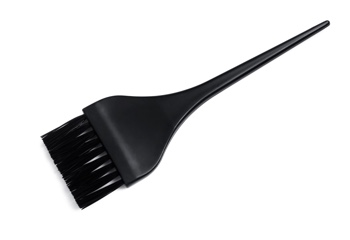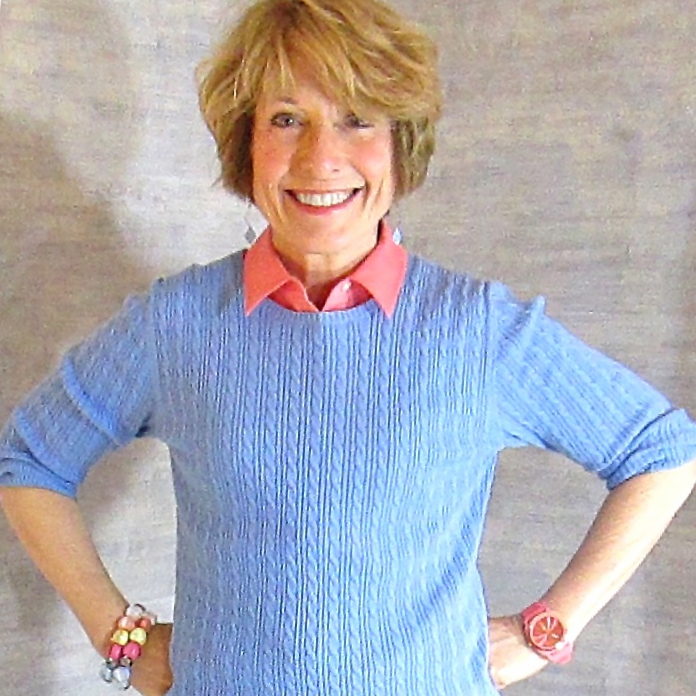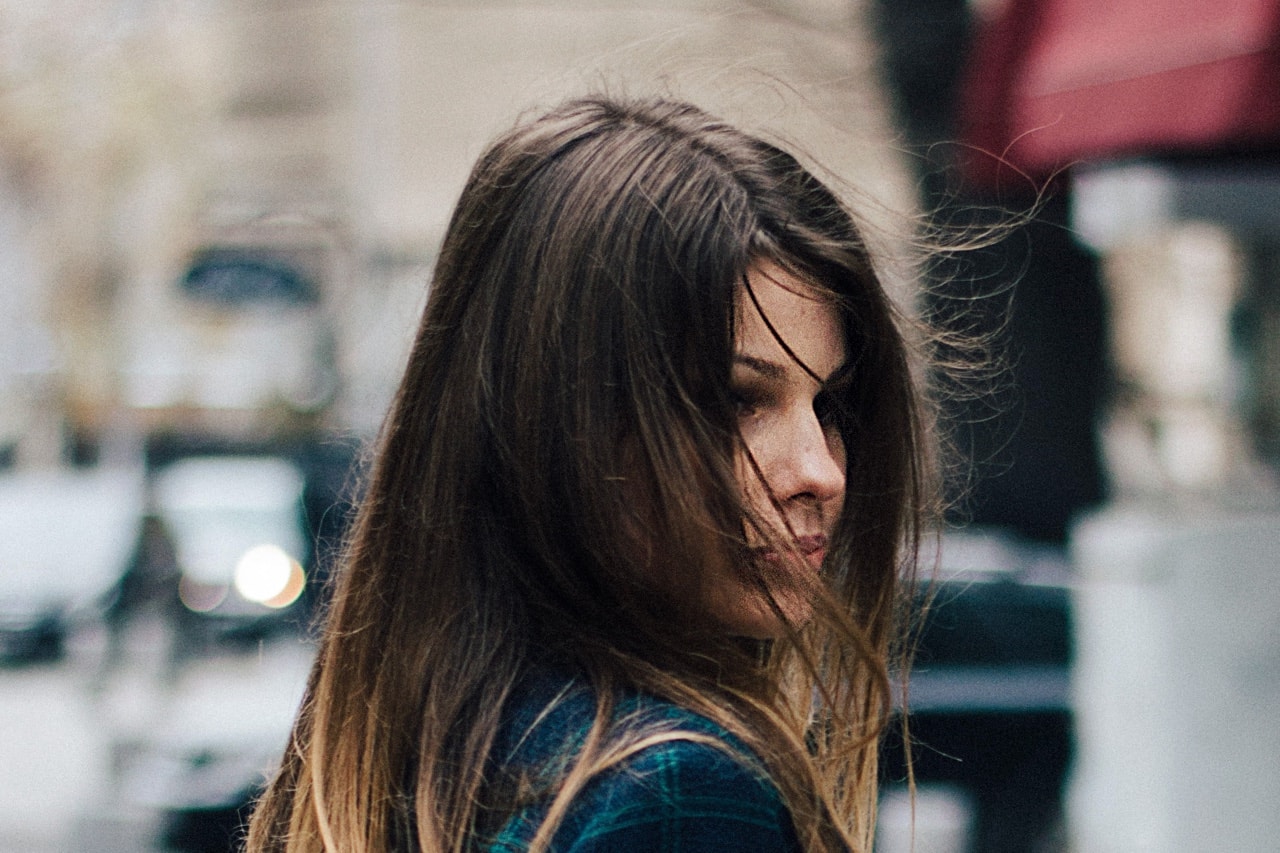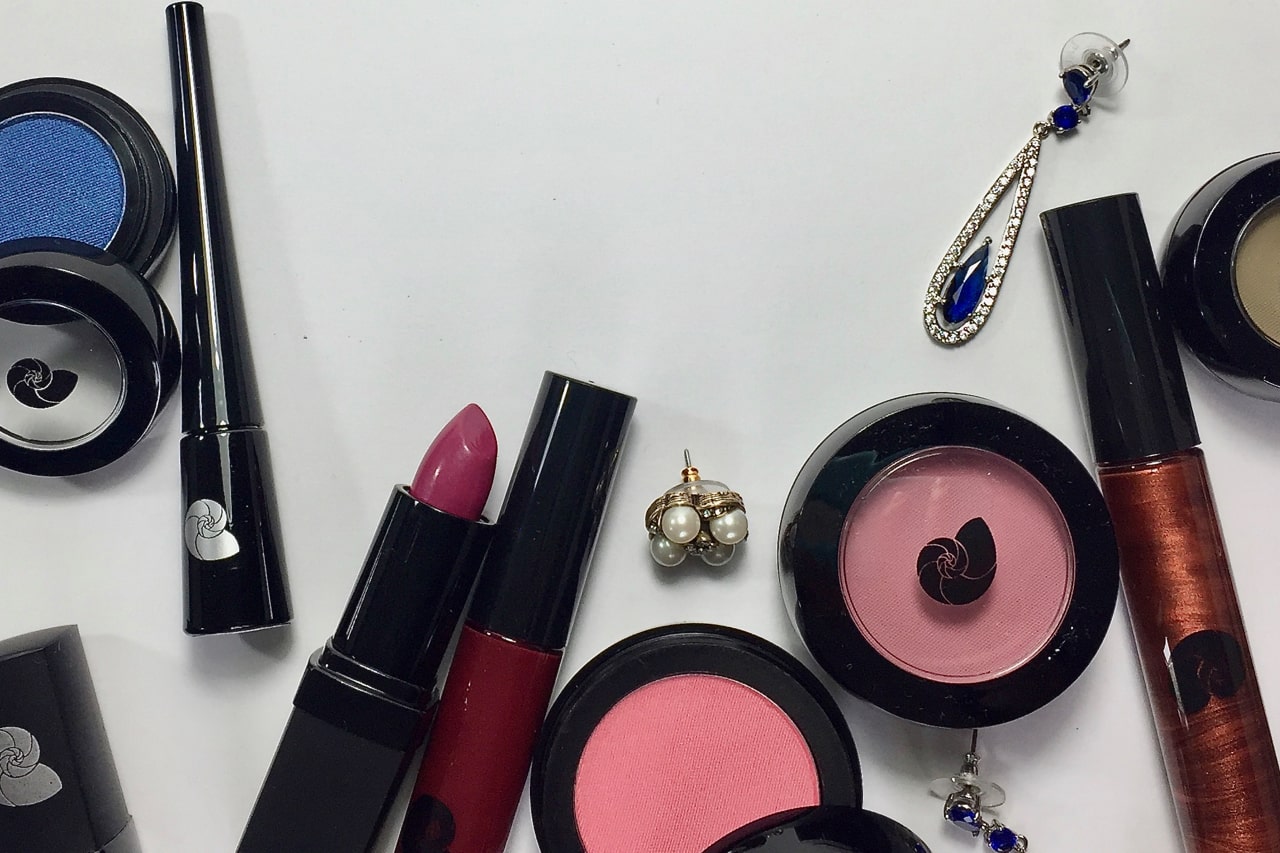by Courtenay St. John (Connecticut/Massachusetts)
As a Color Analyst, I usually encourage clients to approximate their natural hair color as much as possible.
The color that you were born with is always in harmony with your skin tone, so the chance for unwanted oranges, overall ashy-ness, intense color blocks or other disjointed effects that distract the viewer from your beautiful face and eyes are avoided.
That said, many of us enjoy coloring our hair. Youth, in particular, love adding highlights and interesting effects to create drama and originality.
Hair Coloring at Home for Dark Winters | Dark Autumns
Linda, a Dark Winter, learned to color her own hair. Actually, her husband does it for her, because she is all thumbs when trying to do it herself!
Your individual strategy will depend on your age and your hair current hair color. Women and men, in their mature years, tend to look older when their hair is too dark. Obviously, there are other possible contributors to overall dissonance – the wrong lipstick and the wrong color clothing, for example.
Linda’s hair was gray (originally a darker brown), and she wanted to keep the darkness near her face. She is in her forties, wears her colors and minimal make-up – just lipstick and blush in her color. We addressed her roots every 10 – 14 days, because the contrast between the gray of her hair and the shades of brown that we alternated at each coloring was obvious. Her hair was already brown (from the salon) and she wanted a more fuss-free, convenient way to maintain her color without the weeks of white roots between salon visits. Linda was able to maintain her color on her own, once she got the knack and a regular personal schedule.
The Technique
Not every Dark Winter (and Dark Autumn) would choose the same shades of brown to experiment with. If you look at the L’Oreal color choices and formula selections, for example, there are about 20-25 choices for brown. Stick with something lighter to begin with, possibly alternating a level 5 medium and level 6 light brown. It is always possible to go darker. L’Oreal has warmer shades, signaled by ‘warm,’ ‘copper,’ ‘mahogany,’ ‘chestnut,’ ‘amber,’ and ‘golden.’ There are also cool shades and ash shades. Initially, you could choose two shades that have a medium designation. The level of warmth or coolness will depend on a slightly lighter version of your natural shade in your 20’s.
You will be mixing only 1/3 to 1/2 of the formula each time, so there will be lots of opportunities to adjust the color, without making a drastic change (or damaging mistake!) For the application, save the developer bottle to mix the 1/3 to 1/3 ratios of developer to color. The color is only applied to the roots. Gradually weave in 2-3 colors, as described below, to give some variation to your hair color.
 There are several ways to get some highlights into the final result.
There are several ways to get some highlights into the final result.
1) For your first application, use 1/2 of the formula. Start with the part. Then, parting the hair at about 1/2 to 1 inch intervals, including some diagonal cuts, color the roots. Another place to be sure to apply sufficient color is in the back. When you sleep, you will get your own “personal part lines”; be sure to address these every time you color. Do not comb through.
2) On you next application, choose a slightly different brown. Color the part, and then parting the hair at 1/2 to 1 inch intervals, not necessarily in the same places as last time, color the roots only.
3) You can add highlights, very conservatively, by coloring specific thin strands of hair with the desired highlight shade. To do this, gather the hair 1 inch from the part on both sides (and about 1 inch down in back), then highlight a few strands underneath. There is no need to be aggressive here, until you are sure of the response of your hair to the dye product. You can mix a small amount of the highlight color until you are confident that the result on your head harmonizes with the Dark Winter or Dark Autumn fan.
4) If your hair is shorter, or your hair style is off the face, or the contrast with your incoming grays is too obvious, you may have to color the temples and part more often, mixing only a small amount of product. To avoid an unnatural contrast between your skin and hair color, choose the lighter of your formulas if you need to just do the part and temples.
The level of contrast between the gray and brown, and your hair length and style will determine how much color you will mix up for an application. With experimentation, you will learn how the formulations (Excellence, Preference, or Feria, for example) interact with your native color and texture. Your hair color should harmonize with your Personal Color Palette.
Remember, every gray hair does not have to be covered. Less is more.
For more on coloring your hair at home, CLICK HERE



